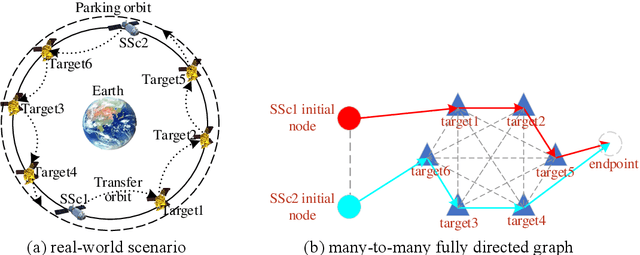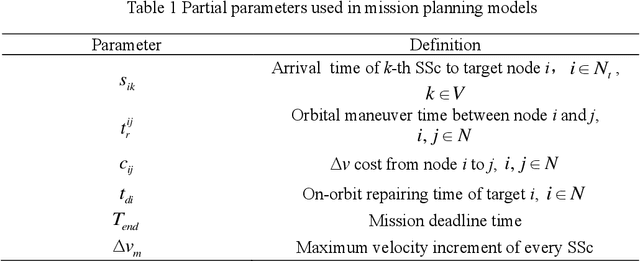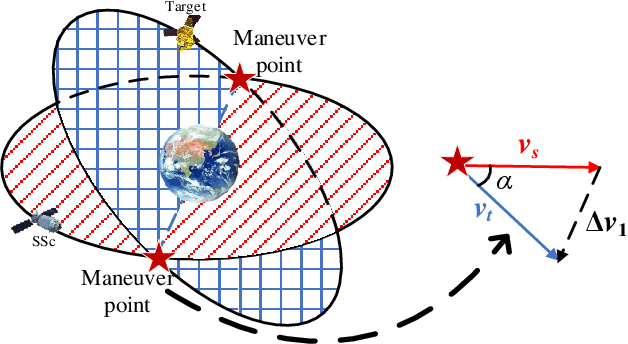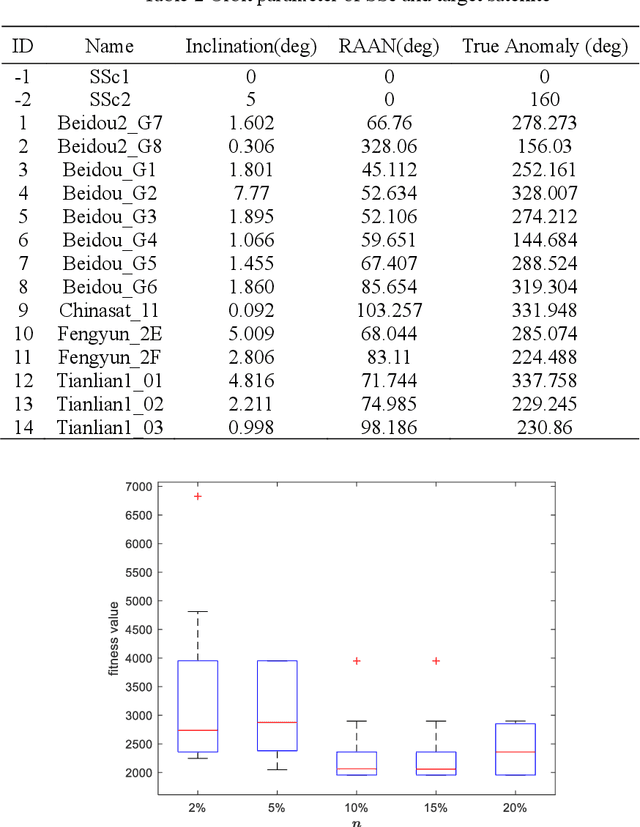Yanning Guo
Adaptive-Mask Fusion Network for Segmentation of Drivable Road and Negative Obstacle With Untrustworthy Features
Apr 27, 2023Abstract:Segmentation of drivable roads and negative obstacles is critical to the safe driving of autonomous vehicles. Currently, many multi-modal fusion methods have been proposed to improve segmentation accuracy, such as fusing RGB and depth images. However, we find that when fusing two modals of data with untrustworthy features, the performance of multi-modal networks could be degraded, even lower than those using a single modality. In this paper, the untrustworthy features refer to those extracted from regions (e.g., far objects that are beyond the depth measurement range) with invalid depth data (i.e., 0 pixel value) in depth images. The untrustworthy features can confuse the segmentation results, and hence lead to inferior results. To provide a solution to this issue, we propose the Adaptive-Mask Fusion Network (AMFNet) by introducing adaptive-weight masks in the fusion module to fuse features from RGB and depth images with inconsistency. In addition, we release a large-scale RGB-depth dataset with manually-labeled ground truth based on the NPO dataset for drivable roads and negative obstacles segmentation. Extensive experimental results demonstrate that our network achieves state-of-the-art performance compared with other networks. Our code and dataset are available at: https://github.com/lab-sun/AMFNet.
GEO satellites on-orbit repairing mission planning with mission deadline constraint using a large neighborhood search-genetic algorithm
Oct 08, 2021



Abstract:This paper proposed a novel large neighborhood search-adaptive genetic algorithm (LNS-AGA) for many-to-many on-orbit repairing mission planning of geosynchronous orbit (GEO) satellites with mission deadline constraint. In the many-to-many on-orbit repairing scenario, several servicing spacecrafts and target satellites are located in GEO orbits which have different inclination, RAAN and true anomaly. Each servicing spacecraft need to rendezvous with target satellites to perform repairing missions under limited fuel. The mission objective is to find the optimal servicing sequence and orbit rendezvous time of every servicing spacecraft to minimize total cost of all servicing spacecrafts with all target satellites repaired. Firstly, a time-dependent orbital rendezvous strategy is proposed, which can handle the mission deadline constraint. Besides, it is also cost-effective compared with the existing strategy. Based on this strategy, the many-to-many on-orbit repairing mission planning model can be simplified to an integer programming problem, which is established based on the vehicle routing problem with time windows (VRPTW) model. In order to efficiently find a feasible optimal solution under complicated constraints, a hybrid adaptive genetic algorithm combining the large neighborhood search procedure is designed. The operations of "destroy" and "repair" are used on the elite individuals in each generation of the genetic algorithm to enhance local search capabilities. Finally, the simulations under different scenarios are carried out to verify the effectiveness of the presented algorithm and orbital rendezvous strategy, which performs better than the traditional genetic algorithm.
 Add to Chrome
Add to Chrome Add to Firefox
Add to Firefox Add to Edge
Add to Edge